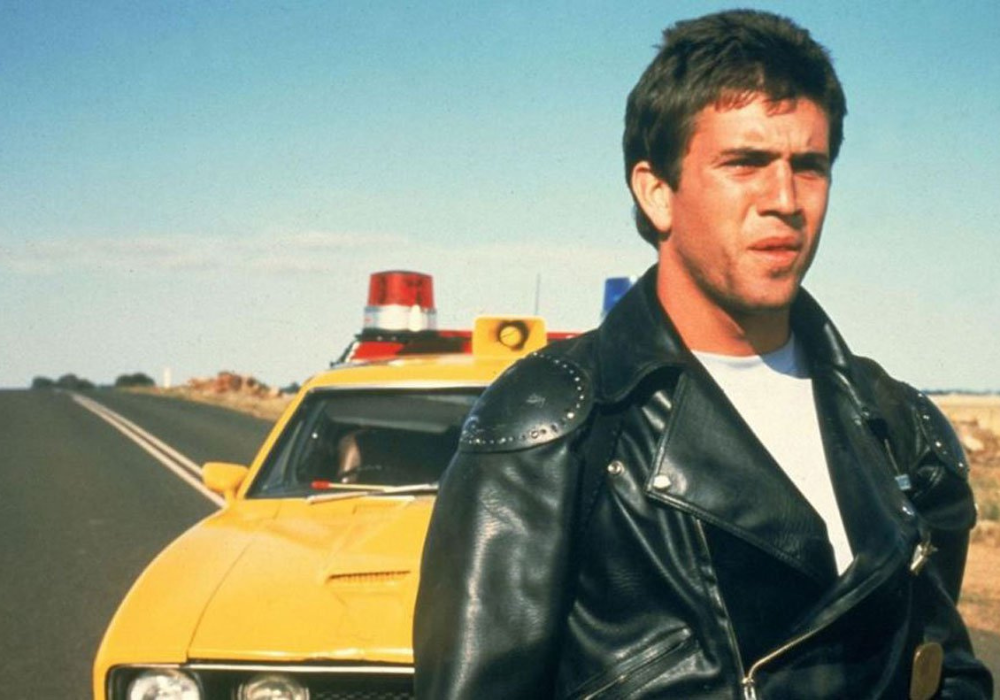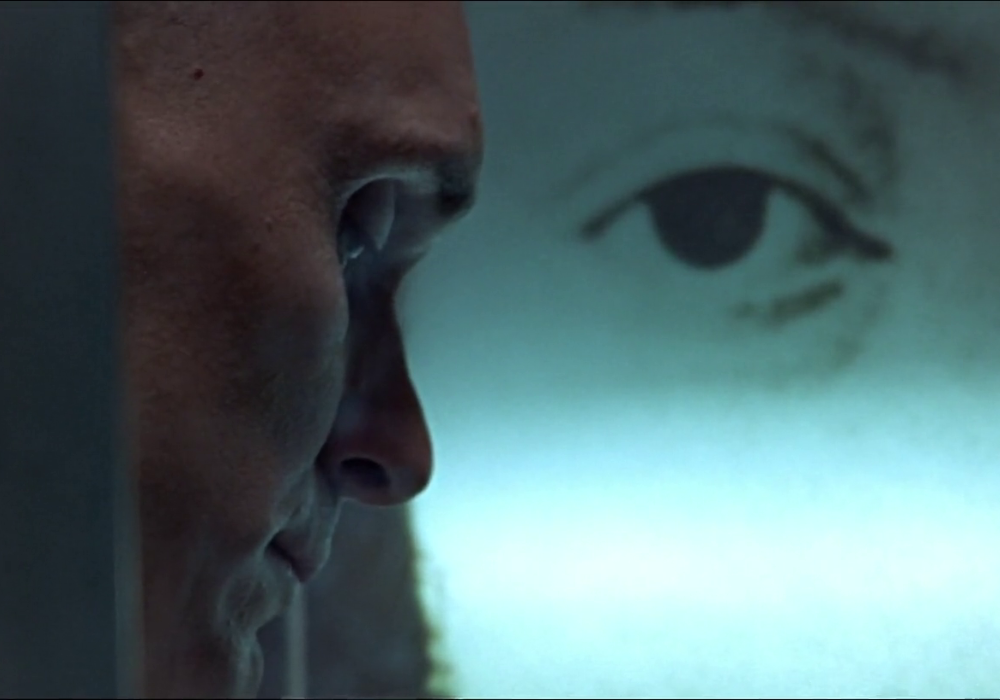
5 Underrated Films Every Filmmaker Should Watch
Does it ever feel like the same films dominate discussions about craft, innovation, and influence—Citizen Kane, Pulp Fiction, The Godfather? For every widely studied classic, there are dozens of lesser-known films that offer just as much insight into storytelling, cinematography, and direction. Whether it’s a technical marvel, a narrative experiment, or a film that does something daring within its limitations, these underrated gems provide valuable lessons for filmmakers at any level. Here are five films that deserve way more video essays and thought pieces and arguments on the internet.
1. The Fall (2006)
Directed by Tarsem Singh, The Fall is a visual masterpiece that seamlessly blends fantasy and reality. The film follows a paralysed stuntman who tells an elaborate, sprawling story to a young girl in a hospital, with the lines between truth and fiction gradually dissolving. Shot over four years in over twenty countries, it features some of the most breathtaking, practical-location cinematography ever put to film.
For filmmakers, The Fall is a masterclass in visual storytelling. Singh’s use of composition, colour, and scale creates a dreamlike quality that enhances the narrative rather than overwhelming it. The film’s approach to production is also a case study in commitment to artistic vision—Singh largely self-financed the film to maintain creative control. It serves as a reminder that storytelling is not just about plot but about creating an emotional and sensory experience for the audience.
2. The Assassination of Jesse James by the Coward Robert Ford (2007)
Andrew Dominik’s revisionist Western was overshadowed by more commercially successful films at the time of its release, but it remains one of the most meditative and visually stunning films of the 21st century. Chronicling the final months of outlaw Jesse James and his uneasy relationship with Robert Ford, the film is a meditation on fame, obsession, and betrayal.
Roger Deakins’ cinematography is one of the standout elements, particularly in its use of soft focus and natural lighting to create an ethereal, almost mythical atmosphere. The film also excels in subtext and character psychology, refusing to conform to traditional Western archetypes. For filmmakers, it’s an exercise in patience—allowing scenes to breathe, trusting the audience to engage with the emotions rather than rushing to the next plot point. It’s also a testament to how cinematography can shape a film’s tone and theme as much as its script.
3. Primer (2004)
Shane Carruth’s micro-budget sci-fi film is legendary for its complexity and refusal to dumb down its narrative. Made for just $7,000, Primer follows two engineers who accidentally invent a form of time travel and slowly unravel under the weight of their own discovery. The film’s dense, technical dialogue and intricate, non-linear storytelling make it one of the most rewatchable sci-fi films ever made.
For aspiring filmmakers, Primer is proof that budget constraints do not equate to creative limitations. Carruth, a former software engineer, not only directed but also wrote, produced, edited, scored, and starred in the film. It demonstrates the power of smart writing and an intricate screenplay in building tension and intrigue. It also highlights the importance of trusting the intelligence of an audience—rather than over-explaining, Primer forces viewers to actively engage with the material.
4. The Night of the Hunter (1955)
Charles Laughton’s The Night of the Hunter is one of the most visually striking films of all time, yet it was a critical and commercial failure upon its release. Now considered a masterpiece, this Southern Gothic thriller follows a sinister preacher who terrorises two children in pursuit of stolen money. Blending German Expressionism with American noir, the film’s haunting use of shadows, exaggerated angles, and stark black-and-white cinematography make it feel like a dark fairy tale.
For filmmakers, The Night of the Hunter is essential viewing for its use of visual storytelling. The film’s unsettling atmosphere is achieved through lighting and composition rather than overt violence, showing how imagery alone can instil fear. It’s also a case study in how tone can shift between surreal, nightmarish horror and lyrical beauty, making it one of the most artistically ambitious films of its era.
5. Children of Men (2006)
Alfonso Cuarón’s Children of Men is often praised for its technical achievements, particularly its long takes and immersive world-building, yet it remains underappreciated in discussions of dystopian cinema. Set in a near-future where human infertility has brought civilisation to the brink of collapse, the film follows a reluctant hero navigating a world on the edge of despair.
The film’s single-take sequences, particularly the harrowing car ambush scene and the climactic war-torn building sequence, showcase the power of immersive cinematography. For filmmakers, Children of Men is an example of how camera movement and blocking can drive tension and emotion. It also serves as a reminder that world-building isn’t just about exposition—it’s about creating a lived-in, fully realised environment where every detail contributes to the overall experience.
Each of these films offers something unique for filmmakers to study, whether it’s visual storytelling, character psychology, innovative structure, or technical craftsmanship. Watching and analysing underrated films can be just as valuable as studying the universally acknowledged classics—sometimes, even more so. What other hidden gems deserve more attention?



